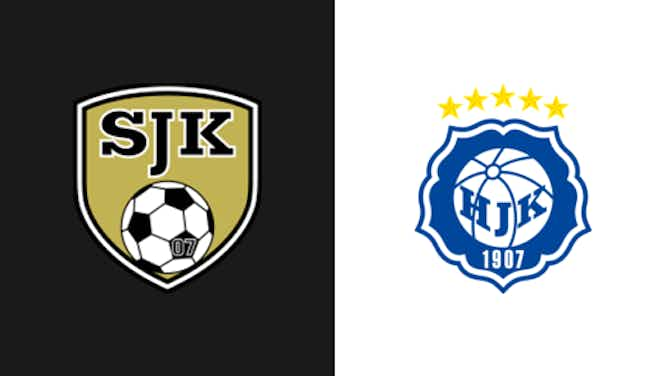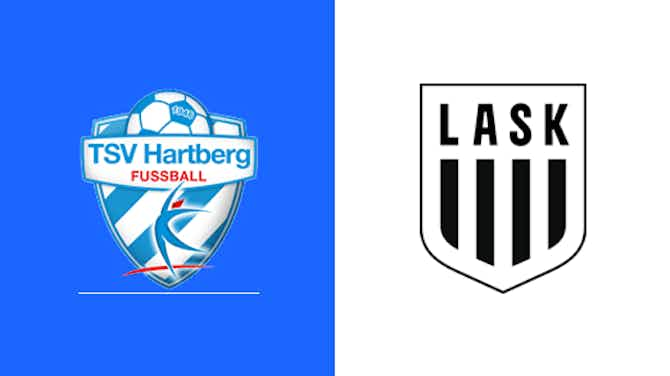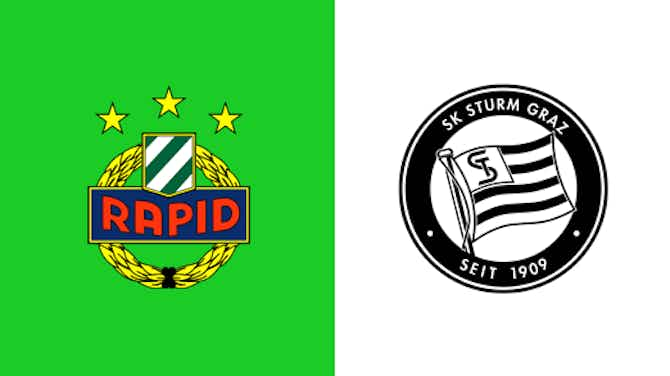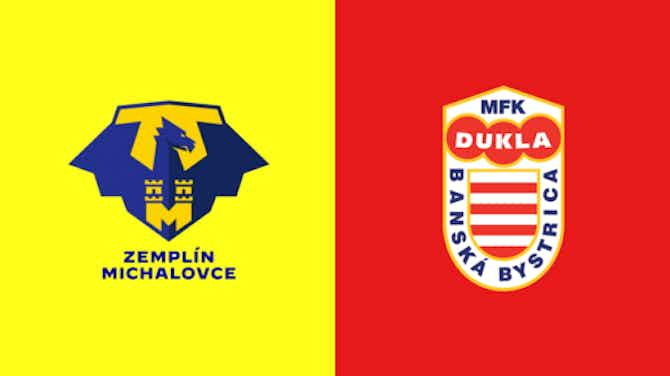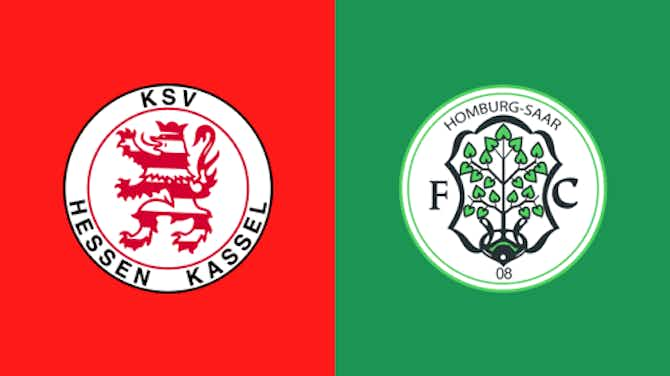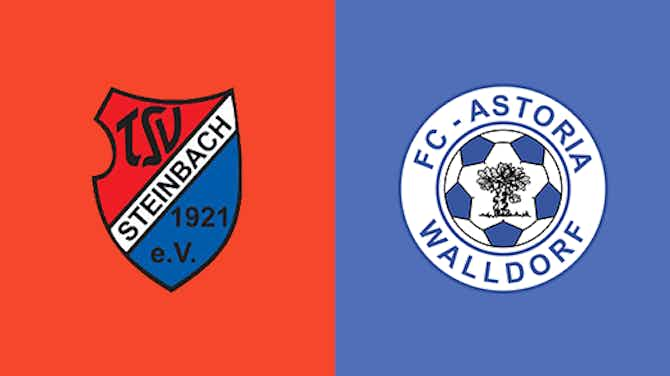Stretty News
·24 September 2021
Manchester United: The history of the iconic number 7
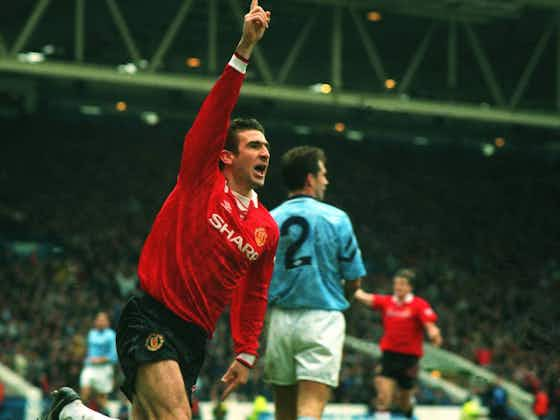
Stretty News
·24 September 2021

The clubs sacred number, while a regular fixture on football shirts since 1911, rose to the media’s attention with the arrival of Eric Cantona. It was a welcome draw for United – given the allowance of additional marketing potential. Despite that, the number had its part to play for many years before the Frenchman made it his own.
We begin with George Best, who many consider the originator of the numbers noble lineage. Best made over 470 appearances for Manchester United and wore a variation of numbers during his stay.
Generally speaking, Best would wear the number 7 shirt when deployed on the right wing. Following United’s success in the 1968 European cup final, Best was regarded (by many) as the finest player on the planet. His performance captivated audiences far and wide, and the hallowed number 7 was forever associated with the Irishman.
Expectedly, when considering his consistency in producing some of the finest football to ever grace the football league, Best would win the famous Ballon d’Or in 1968. To this day, one of only four United players to achieve the feat. His legacy will forever be remembered by football fans around the world, and his exploits on the field engraved in the memories of every United fan.
As touched upon, during that particular period in football history, players generally lined out in a number that was associated with their starting position. As a result, many players have had the privilege of sharing a piece of history with the charismatic Irishman.
One of these men was Steve Coppell. Coppell joined United from Tranmere Rovers in 1975. At the time, he was studying for a degree and coaching the university team. Upon signing for United, Coppell ensured that he would complete his degree, while also lining out for his new club.
Despite being one of the forgotten men in the number 7 conversation, Coppell would have the privilege of making 373 appearances for United – winning an FA Cup in the process. As well as this, he won 42 England caps – a remarkable feat for any footballer.
Unfortunately, tragedy struck Coppell while playing for England. During a vital qualifier for the 1982 FIFA World Cup, he was the victim of a vicious high challenge which inadvertently shattered his knee. Despite several operations, and sporadic appearances in between, Coppell announced his retirement at the tender age of 28.
In October of 1981, United would break the British transfer record in bringing Bryan Robson to Manchester. The fee paid was £1.5M and would not be broken for 6 years.
Robson would inherit the number 7 shirt and wear it for the first time against arch-rivals Manchester City. Robson was known to have an affiliation with the number before arriving in Manchester, and wrote in his autobiography, Robbo:
At West Brom, especially during Johnny Giles management, I played in several positions and had a variety of numbers on my back. That didn’t particularly bother me because I just wanted to play as often as possible. Then it occurred to me that my better performances came when I wore the number 7 shirt, and I came to regard it as my lucky number.
So, when I joined United, I asked if anybody minded me having the number. Steve Coppell, who usually took that number, wasn’t in the starting line-up against City, and said he didn’t have a problem with my wish. None of the lads objected either so the number 7 shirt was mine.
Robson would spend 13 seasons at United, amassing over 460 appearances and scoring close to 100 goals. The modern supporter is often unaware as to just how vital he was to Manchester United – often single handedly dragging the team through trenches. His time at the club yielded multiple accolades – winning 2 league titles, 3 FA Cups, a League Cup and the clubs famous European Cup Winners Cup success in the 1990-91 campaign.
Arguably, his finest moment in a United shirt would come during the inspirational defeat of a Diego Maradona-led Barcelona (during the 1983-84 Cup Winners Cup campaign). Trailing 2 nil from the first leg, Robson would inspire his side to a 3 nil victory in the return leg – leading to a pitch invasion and the great man being lofted high above the crowd. His worth could never have been quantified more and he rightfully gained the title of ‘Captain Marvel’.
Unfortunately, as was the case with Coppell, Robson struggled with injuries toward the later part of his career. As touched upon previously, this opened the door for a variety of players to take their shot when granted the opportunity. That all changed with the acquisition of Eric Cantona. The Frenchman would take hold of the famous number at the beginning of the 1993-94 season and the frenzy would begin.
Cantona’s Manchester United legacy would span over 5 seasons. For many, he was viewed as the final piece of Sir Alex Ferguson’s jigsaw and this was visible very early on. His aura was unquestionable, as he captivated the audiences of the newly formed Premier League. Such was his ability to command the football, he led from the front and supplied goal contributions when they were most desperatly needed. He propelled United to league success during the inaugral Premier league campaign of 1992-93 – ending a 26 year wait for domestic league success.
During his 5 seasons at the club, United achieved league success on 4 occasions. As well as the clubs league domination, Cantona would also lead the club to 2 FA Cup titles. His time at the club was not always straight forward and he had several controversial moments. Despite this, his performances and outstanding charisma earned him the title of ‘King of the Stretford End’ (Only the second man to achieve this – after Denis Law).
Cantona would go on to make over 180 appearances for the club, scoring 82 goals in the process. He would retain the number 7 until his retirement after the 1996-97 season. During that summer period, the club brought in veteran striker, Teddy Sheringham. Sheringham was keen on retaining his favoured number 10 and had asked that the club honour his request. At that time, David Beckham was the proud owner of the 10 and his 2003 autobiography, My Side, tells of how he learned he was to lose his favoured digits:
When I got into United’s first team as a regular, my squad number was 24. The following season I was given the number 10 shirt. That meant a great deal to me: Denis Law and Mark Hughes had both worn it before me. Maybe the history that went with the number was why I scored so many goals wearing it. I remember, though, the summer we signed Teddy Sheringham, the boss actually took the trouble to phone me when I was away on holiday in Malta to tell me he was taking that squad number off me. No explanation, no alternative and no argument. I remember saying to Gary Neville at the time: What’s he done that for? Why would he phone to tell me that? Did he just want to make sure he ruined my holiday?’
I was devastated, trying to work out what I’d done wrong. Then, a month later when we turned up for pre-season training, he had a new shirt ready: the number 7. The boss handed me Eric Cantona’s squad number. The surprise of that honour stopped me in my tracks.
Whether or not Beckham actually desired the shirt, his time wearing it befitted its great history. He had the look, the swagger and the technical ability to command moments of awe. Beckham would make just under 400 appearances for United, scoring 85 goals and amassing an incredible 12 senior titles with the club. He would replicate the European feat of George Best and capture Europe’s elite title during the record breaking treble season of 99′.
Internationally, Beckham would achieve an amazing 115 appearances for England, scoring 17 times. He is widely regarded as one of the games finest ever set piece takers and has a catalogue of showpiece goals to his name.
Off the field, his widely-publicised relationship was spoken about as much as his footballing career. Despite his value on the field, the circus surrounding his personal life would prove too much for the manager. Ultimately, their relationship would deteriorate and his time with United would eventually come to an end. The 2002-03 season would be his last, but his time at the club is fondly remembered by every United fan.
Cristiano Ronaldo became the clubs first Portuguese player when he signed before the 2003-04 campaign. It is common knowledge that Ronaldo had requested the number 28 – the shirt he had worn at Sporting Lisbon – but was denied the request by Ferguson. He was instead given the number 7 and this would ultimately shape the career of one of the very best players to ever kick a ball.
Ronaldo would spend 6 seasons at the club and make 292 appearances. During this historic period of his career, the Portuguese would win 9 major titles – including the clubs third Champions League title and his first individual Ballon d’Or award (The last United player to do so).
Upon arriving at the club, his was a raw talent, but his unbelievable ability was clear for all to see. As he progressed with his development, his physique grew with the demands of the very physical Premier League. He excited fans on a regular basis and the culmination of his hard work came with his record-breaking campaign in 2007-08, hitting 42 goals in 49 appearances.
His stock was continuing to grow and he began attracting attention from Spanish giants, Real Madrid. Following the 2008-09 campaign, Ronaldo would make the move to Spain, leaving behind a glorious footprint that was covered with titles, goals and all of the glamour that came with the clubs famous number 7.
Following his departure in 2009, the sacred number appeared on the backs of many players. Michael Owen, Antonio Valencia, Ángel Di María, Memphis Depay and Alexis Sánchez were all given the opportunity to engrave their legacy upon this historic digit. Unfortunately, the magic began to fade with seasons of few truly memorable moments. The arrival of Edinson Cavani (in 2020) provided a spark and the Uruguayan supplied the passion that fans crave. 17 goals in 39 appearances reminded the world of the talents of the aging superstar and gave fans a glimmer of hope for the 2021-22 campaign.
Amazingly, on the 27 August 2021, Manchester United announced an agreement to bring Cristiano Ronaldo back to the club. Following the announcement, Ronaldo reached out to Cavani and requested the possibility in reclaiming his number 7 – to which Cavani happily obliged. The number, the history and the passion of this great legacy is still alive and kicking. CR7 is determined to write more history and the Old Trafford faithful await.
It’s just a number, right?



